Gardening Bohemia: Bloomsbury Women Outdoors – Garden Museum, London
A small-scale exhibition at the Garden Museum, Gardening Bohemia: Bloomsbury Women Outdoors encourages visitors to reframe this literary group through a subject near to their hearts: their gardens.
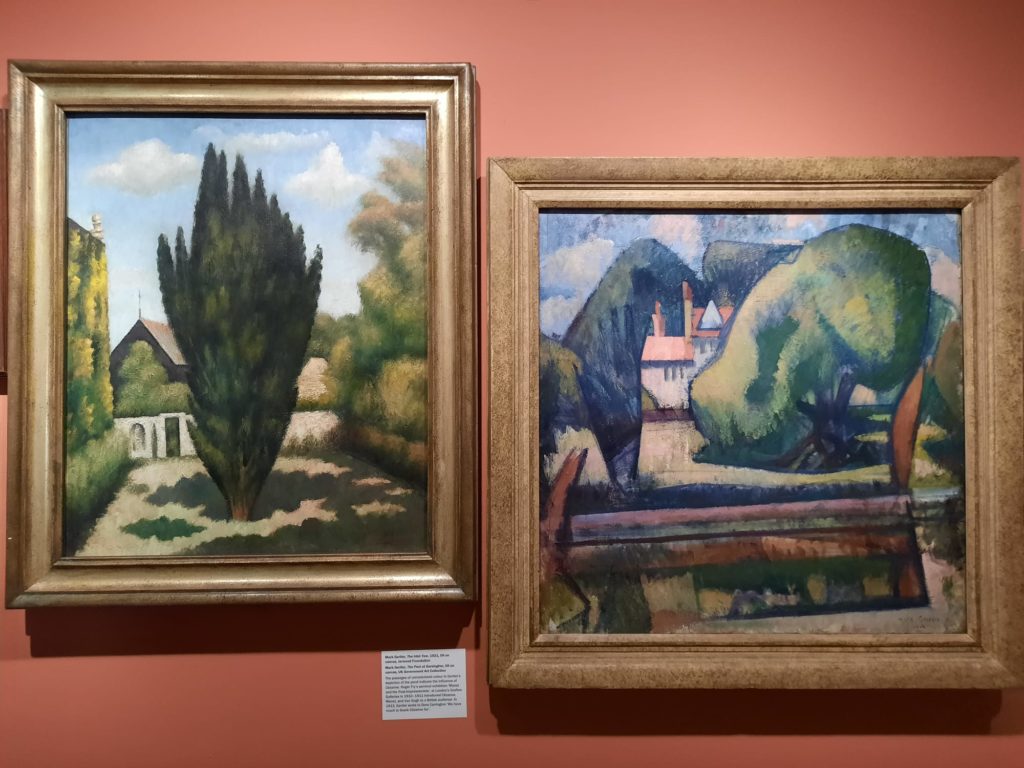
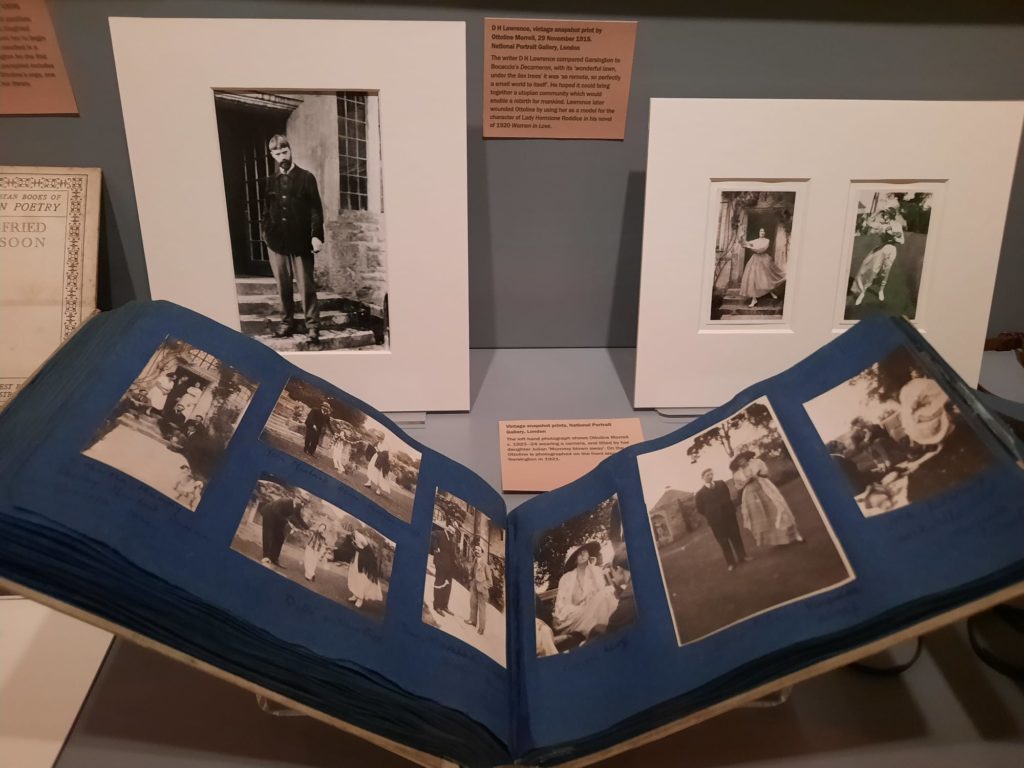
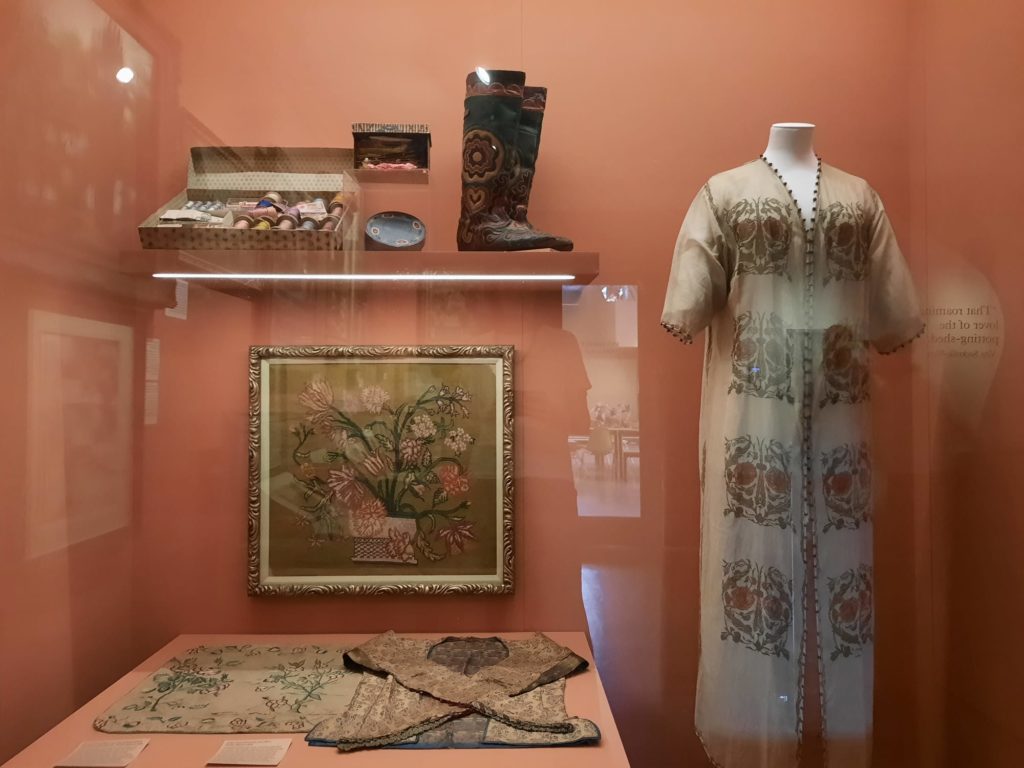
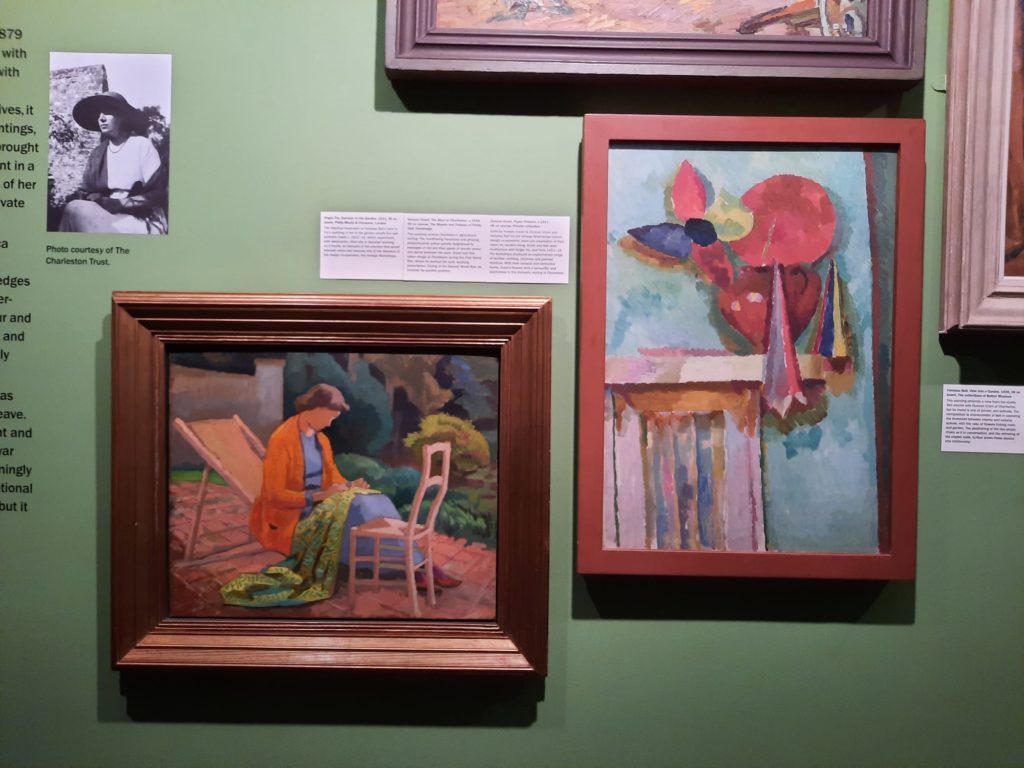
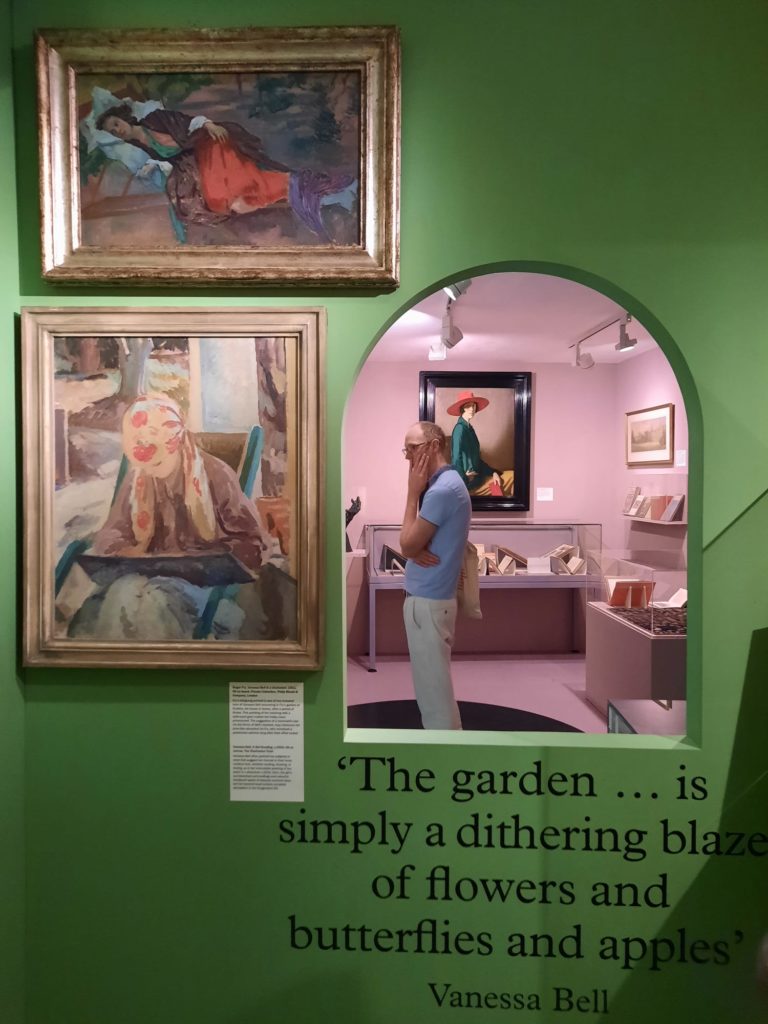
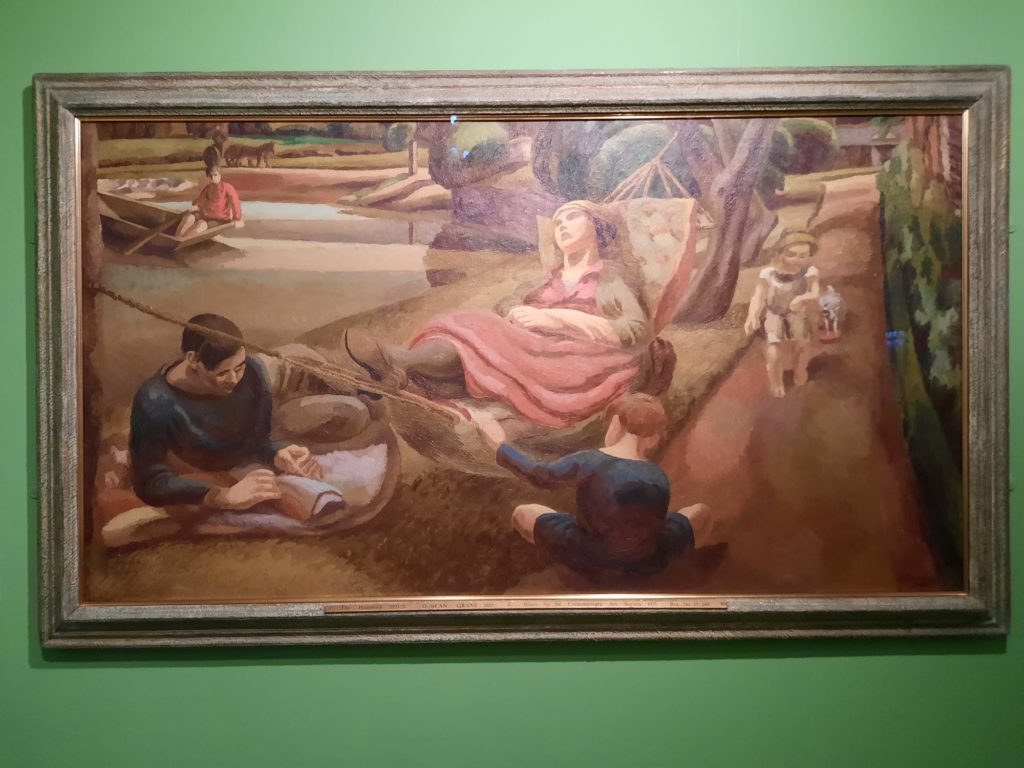
Gardening Bohemia: Bloomsbury Women Outdoors
On one of the last warm days of summer, I decided to treat myself to a museum day with a bit of sunshine by heading to London’s Garden Museum. It’s been quite a while since I visited (2020 in fact!). What brought me back, other than the charming cafe with plentiful outdoor seating, was an exhibition, Gardening Bohemia: Bloomsbury Women Outdoors. It’s actually one of two exhibitions on Bloomsbury women I could have picked from, the other being Vanessa Bell: Pioneer of Modern Art at the Courtauld Gallery. But Gardening Bohemia won out in the end for being the more unique of the two.
The exhibition takes as its subject four women of the Bloomsbury Group: Ottoline Morrell, Vanessa Bell, Virginia Woolf and Vita Sackville-West. And it interprets them, as the title and the name of the museum suggest, through their gardens. The Bloomsbury Group were generally not hard up for money, you see, so each of the women had the luxury of a country home with sizeable accompanying garden. Ottoline Morrell, an arts patron and society hostess, lived at Garsington Manor in Oxfordshire. Vanessa Bell and Duncan Grant bought Charleston, a farmhouse in Sussex. Bell’s sister Virginia Woolf and her husband Leonard had a place nearby at Monk’s House (now a National Trust property). And writer Vita Sackville-West had a famous garden at Sissinghurst Castle in Kent (garden only under National Trust care).
Of the four, it was Morrell and Sackville-West who showed most interest in gardening. Sackville-West published writings on gardening amongst other topics. She and her husband Harold Nicholson designed a space with ‘garden rooms’ and abundant planting. There’s even a variety of pulmonaria named for her famous white garden. Morrell also planned different garden spaces at Garsington, including an Italianate and a wild garden. The grounds were so extensive she was able to employ pacifist and conscientious objector friends from her circle as gardeners to exempt them from service during WWI.
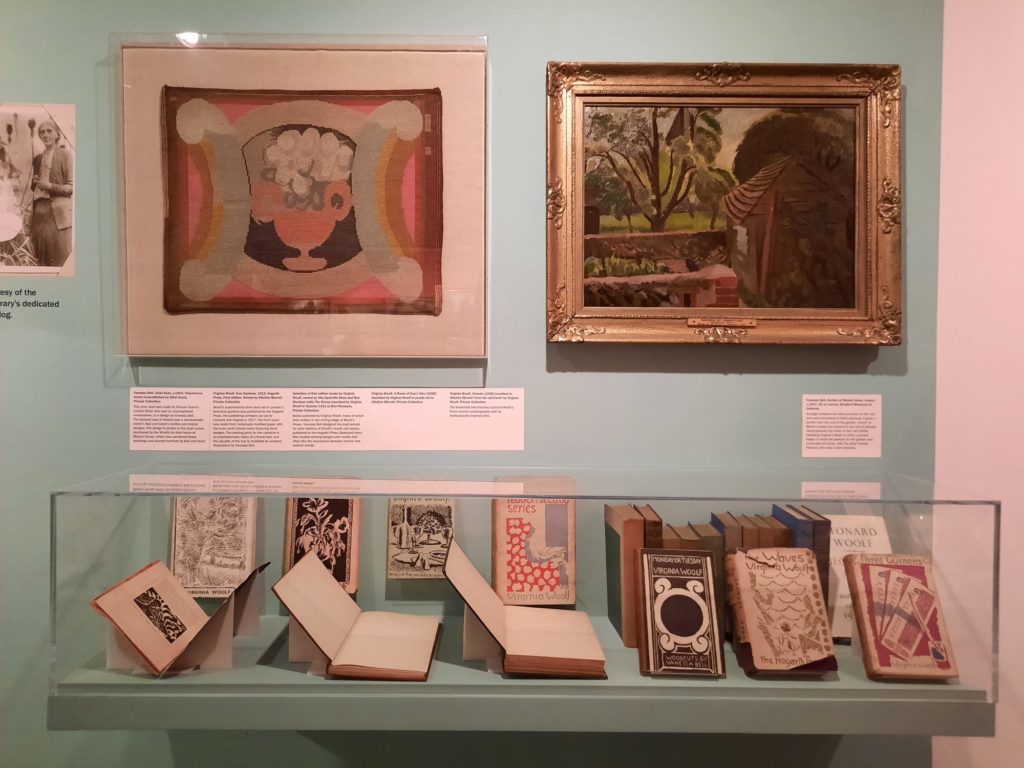
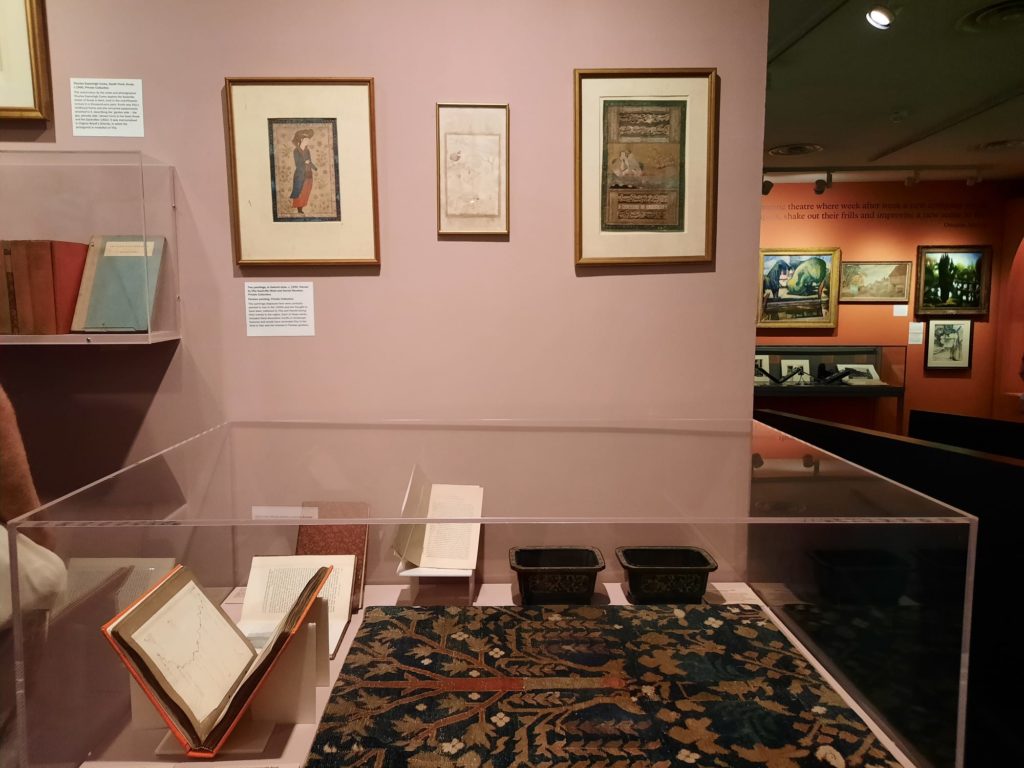
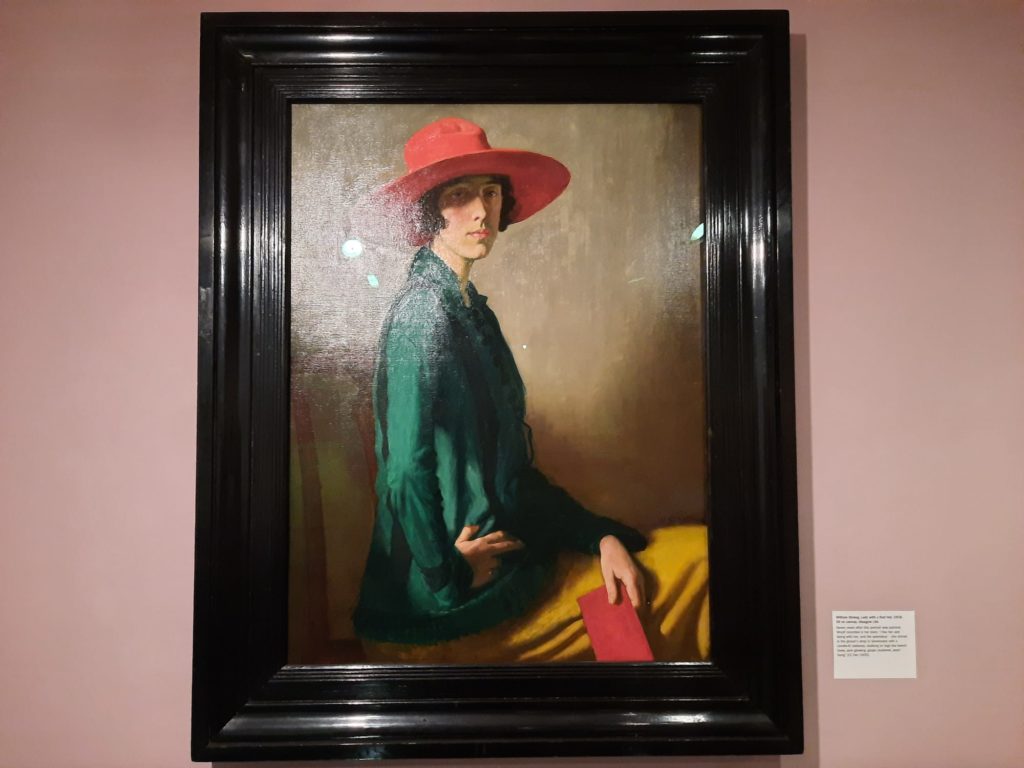
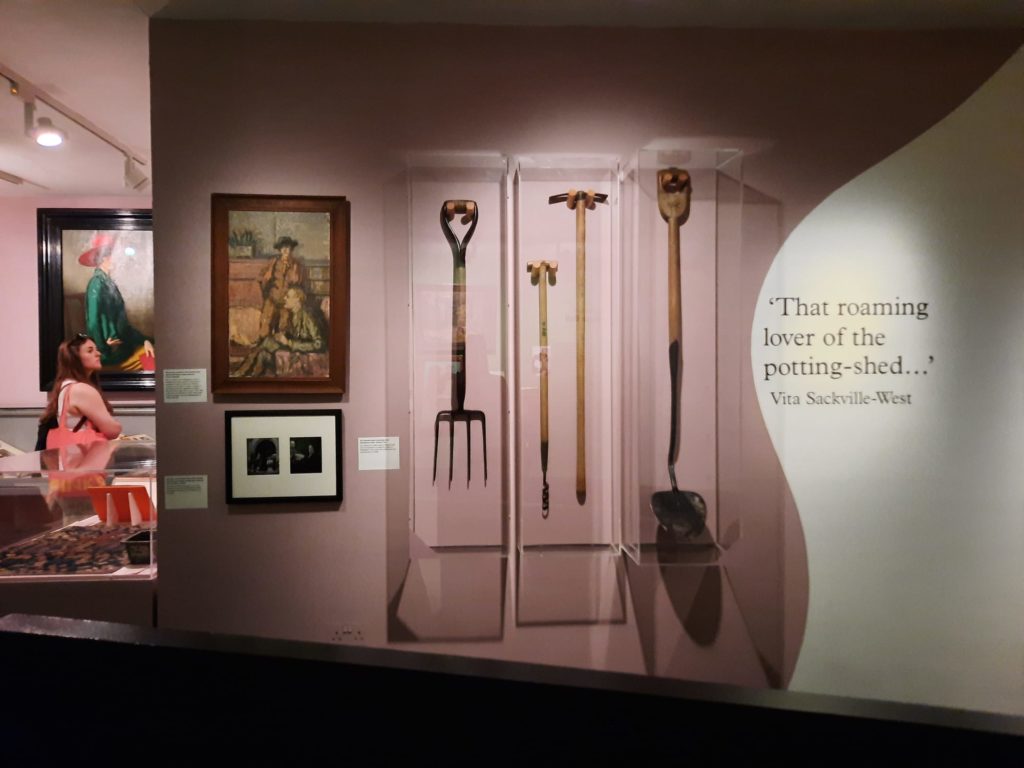
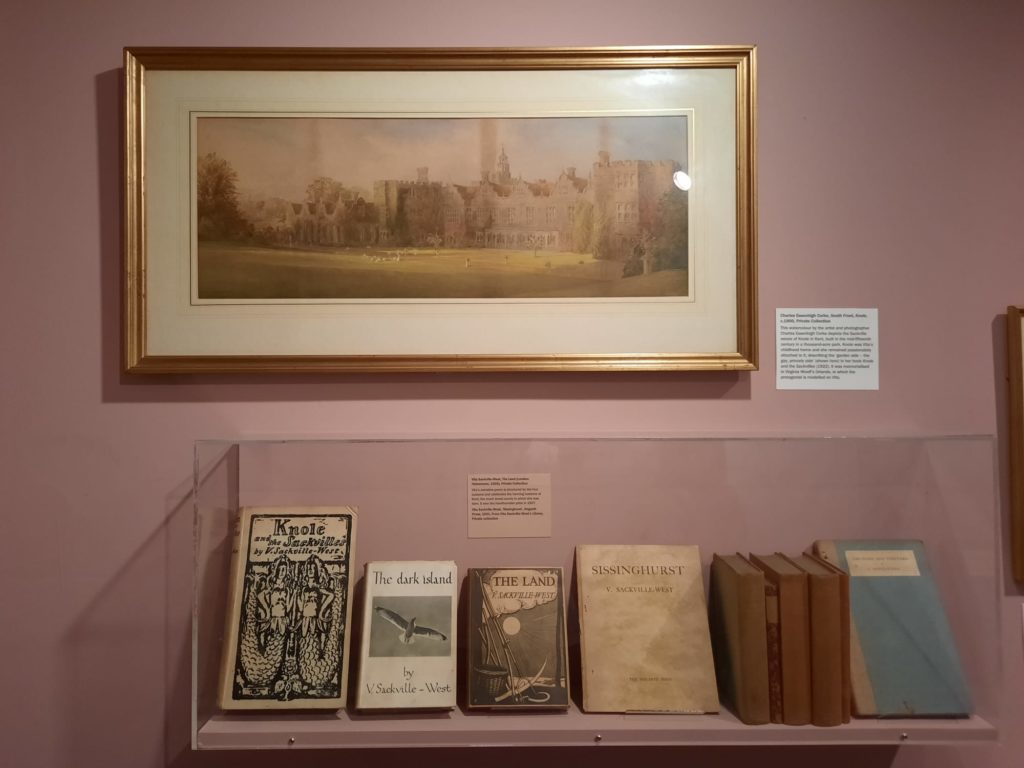
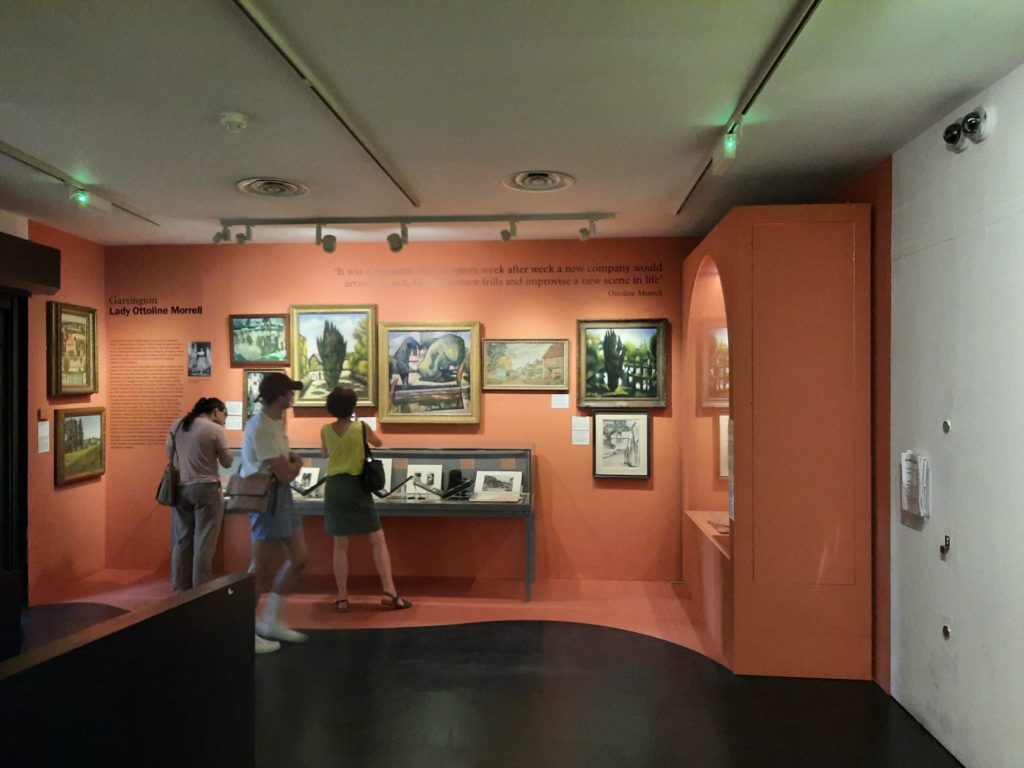
An Exhibition for Experts, Not Beginners
And the mention of WWI brings me onto a broader theme within the exhibition. Because with two keen gardeners and two enjoyers of gardens (if I can summarise it like that), clearly we’re looking beyond the women’s hobbies to something deeper. Here curator Claudia Tobin considers Virginia Woolf’s famous work of 1929, A Room of One’s Own. The question here is: can we interpret gardens as fulfilling the necessary conditions for a room of one’s own? For these creative and multi-talented ladies, what did their gardens represent in terms of refuge, creative space, therapeutic idyll, or more?
The exhibition then goes about showing all the ways that these gardens were just that. Although none of the women got exactly the same thing from their gardens, each found something important in them. For Woolf, Monk’s House and its garden was a retreat when she was struggling. For Bell and Grant, a peaceful place to paint and enjoy family life. Morrell was in her element in her garden, holding court on endless sociable weekends. And Sackville-West found her garden an escape from the world, something Woolf also picked up on in sensing her friend and sometimes lover used Sissinghurst to withdraw from the world.
It’s an interesting thesis. However, it assumes a lot. As someone only moderately familiar with the Bloomsbury Group, and not at all knowledgeable about gardening, I didn’t feel I was the audience for this exhibition. The exhibition space at the Garden Museum is small, which doesn’t help. There just isn’t the room to start from the beginning, explaining who everyone is. You have to assume some prior knowledge. Or that people will buy the apparently very good catalogue. Perhaps the audience for this museum and exhibition are normally more self-selecting?
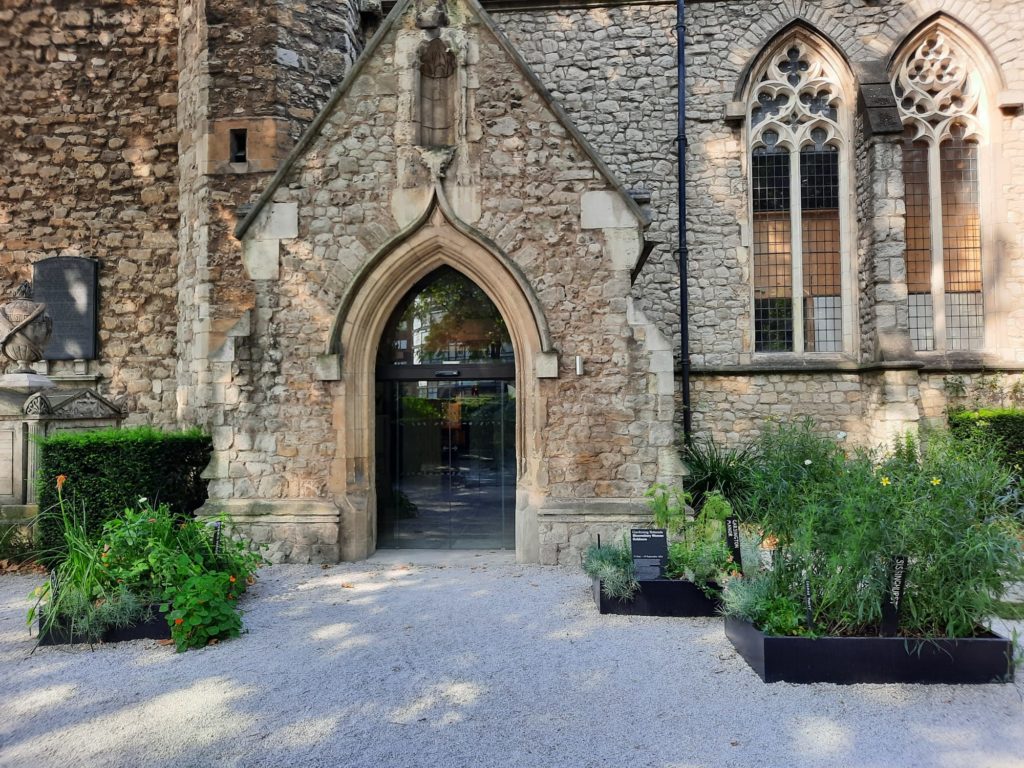
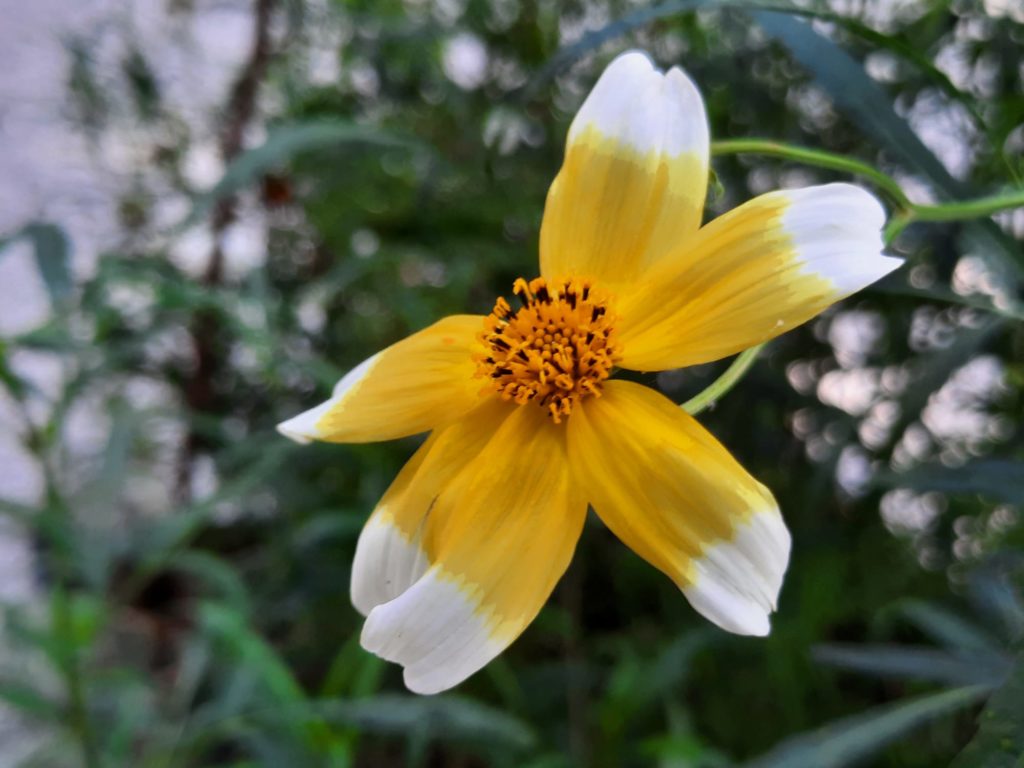
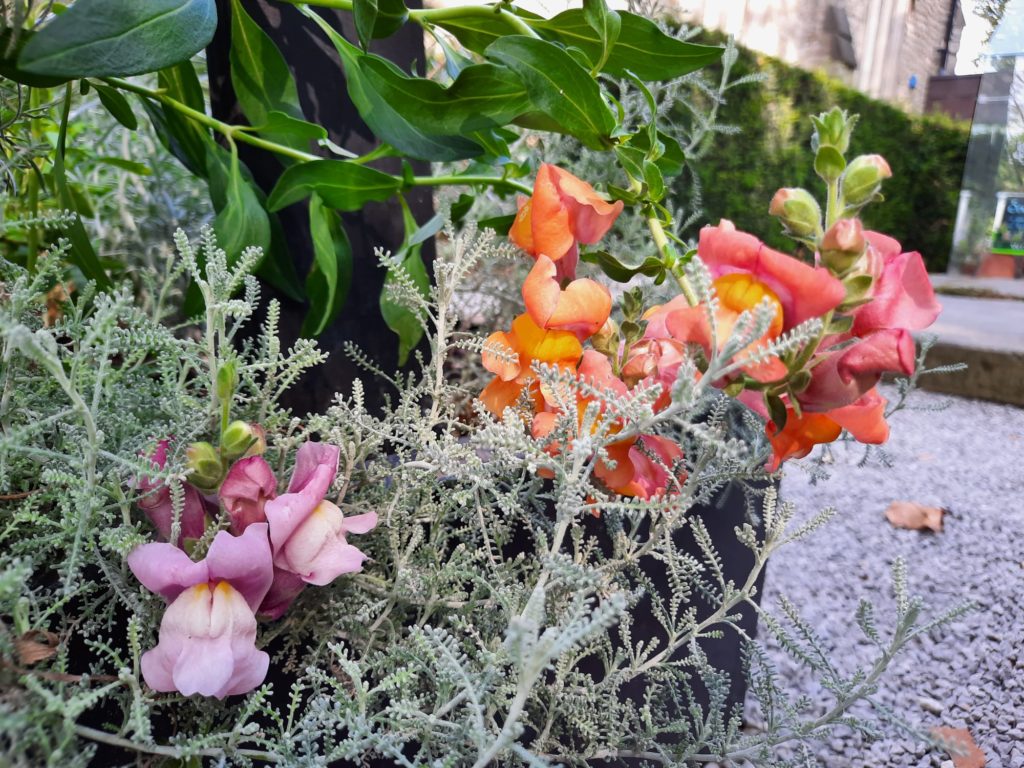
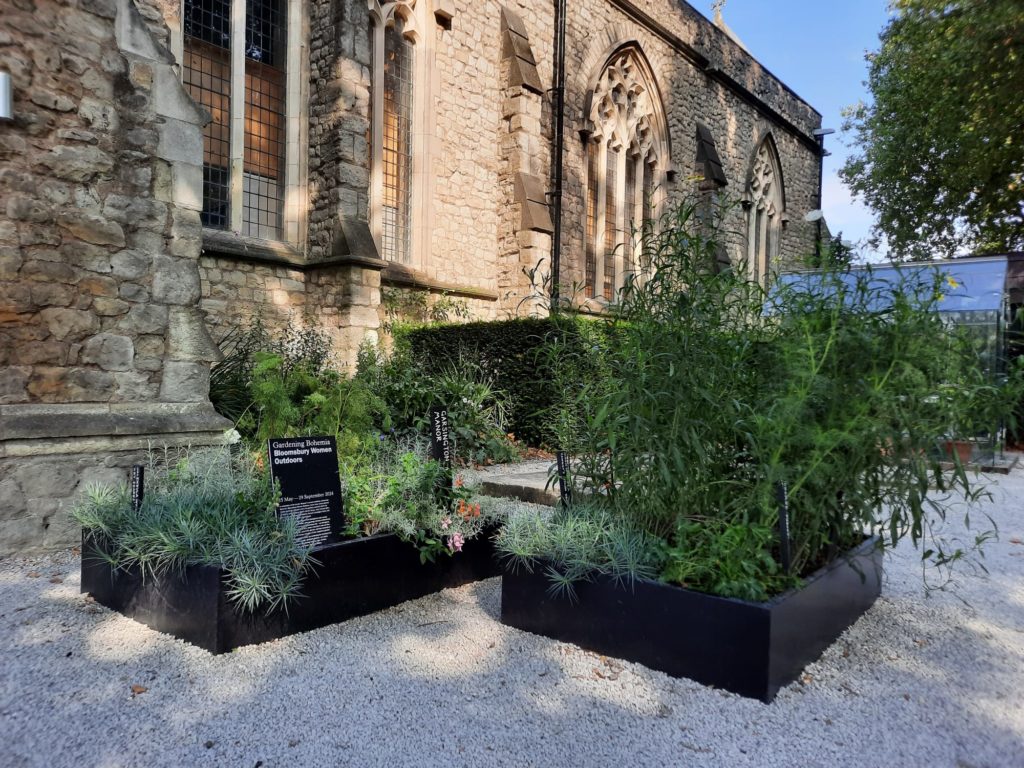
Well Put Together Nonetheless, With Good Indoor/Outdoor Flow
Despite these gaps in my knowledge, I enjoyed the exhibition. Gardens and gardening are a nice lens through which to view the Bloomsbury Group. It challenged me to think about their lives outside of the normal activities of writing and art. And it also brought to life their social group. Even my limited knowledge included the – shall we say – “interconnected” nature of the Bloomsbury Group. I’m being euphemistic here: just about everyone slept with everyone else (including romantic connections linking three of these women). But you get a real sense in this exhibition of the leisured, Bohemian, multi-talented life of this set. Art critic Roger Fry designing a garden for Vanessa Bell. Artists Mark Gertler and Dora Carrington spending time at Garsington. Travel, time for writing and painting. A world that was largely swept away by WWI.
The selection of objects for this exhibition is what creates this rich impression. There are paintings (hung close like an old-fashioned gallery), and books. But there are also textiles and clothing, souvenirs, photograph albums and gardening implements. For being in such a small space, it’s very well-rounded.
And there’s also a lovely touch outdoors: three raised planters in front of the museum entrance which pay tribute to the four gardens in question. Monk’s House, Garsington and Sittinghurst have their own planters, while nods to Charleston (a hub for the Bloomsbury set) run through all. Taking us out of the confines of the museum like this brings an entirely different element to the exhibition. The planters are designed to ebb and flow with different plants flowering through the course of the exhibition. A reminder of the planning that goes into a good garden, the delight of blooming flowers, and their restorative, joyful and aesthetic powers.
So while I think there are some limitations to the exhibition, I enjoyed it. Some food for thought should I ever have my own country home and the opportunity to create a room of my own.
Salterton Arts Review’s rating: 3/5
Gardening Bohemia: Bloomsbury Women Outdoors on until 29 September 2024
Trending
If you see this after your page is loaded completely, leafletJS files are missing.


Oh, I wish. I’d seen it – it sounds gorgeous and that iconic painting of Vita!